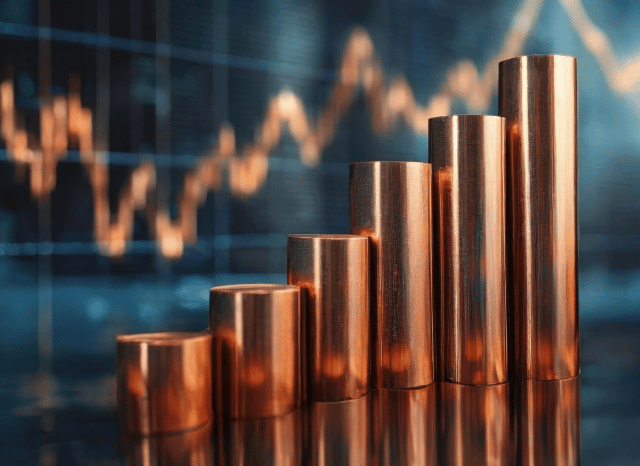Rare Earth Element Minerals: World-wide Source and Need by Stanislav Kondrashov
Rare Earth Element Minerals: World-wide Source and Need by Stanislav Kondrashov
Blog Article

The strategic metals powering the energy transition at the moment are centre stage in geopolitics and sector.
After confined to market scientific and industrial circles, scarce earth features (REEs) have surged into world headlines—and permanently purpose. These seventeen components, from neodymium to dysprosium, tend to be the creating blocks of recent technological know-how, enjoying a central role in all the things from wind turbines to electric car or truck motors, smartphones to defence systems.
As the globe races towards decarbonisation and digitalisation, demand for REEs is soaring. Their position during the Power transition is vital. Superior-overall performance magnets created with neodymium and praseodymium are necessary to the electric motors used in the two EVs and wind turbines. Other REEs like europium and terbium are beneficial for lighting, shows, and optical fibre networks.
But source is precariously concentrated. China now leads the sourcing, separation, and refining of rare earths, managing in excess of 80% of global output. This has remaining other nations scrambling to develop resilient provide chains, decrease dependency, and protected use of these strategic sources. Because of this, rare earths are no more just industrial elements—they're geopolitical property.
Investors have taken Observe. Curiosity in scarce earth-relevant shares and exchange-traded resources (ETFs) has surged, driven by both of those the growth in cleanse tech and the desire to hedge from supply shocks. Still the market is intricate. Some businesses are still from the exploration phase, Other folks are scaling up production, although a handful of are currently refining and providing processed metals.
It’s also important to know the difference between unusual earth minerals and unusual earth metals. "Minerals" check with the Uncooked rocks—like here bastnasite, monazite, xenotime, or ionic clays—that contain rare earths in all-natural kind. These call for intensive processing to isolate the metallic aspects. The phrase “metals,” On the flip side, refers back to the purified chemical aspects used in higher-tech applications.
Processing these minerals into usable metals is pricey. Beyond China, several international locations have mastered the total industrial method at scale, although locations like Australia, the U.S., Vietnam, and Brazil are working to alter that.
Demand is being fuelled by quite a few sectors:
· Electrical mobility: magnets in motors
· Renewable Power: significantly wind turbines
· Client electronics: smartphones, laptops, sensors
· Defence: radar, sonar, precision-guided methods
· Automation and robotics: significantly critical in industry
Neodymium stands out as a particularly important unusual earth due to its use in highly effective magnets. Other people, like dysprosium and terbium, enrich thermal stability in large-general performance applications.
The unusual earth current market is risky. Prices can swing with trade policy, technological breakthroughs, or new supply sources. For investors, ETFs offer diversification, even though direct stock investments include larger chance but most likely bigger returns.
What’s clear is the fact that uncommon earths are no longer obscure chemical curiosities—they’re strategic sources reshaping the worldwide economy.